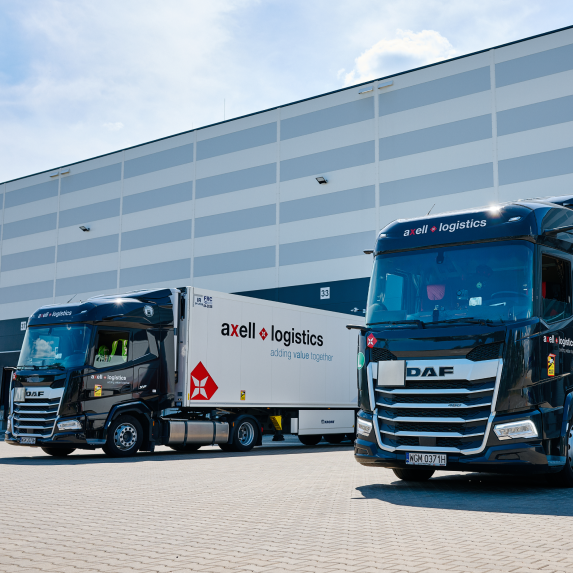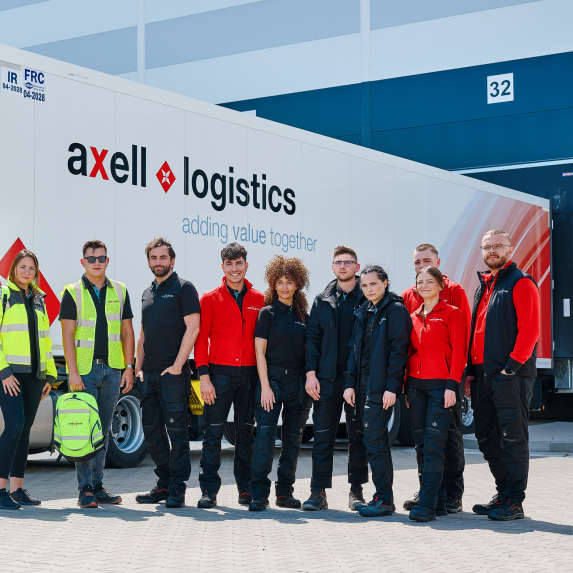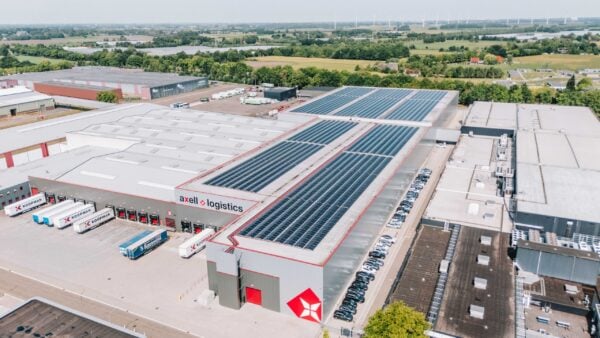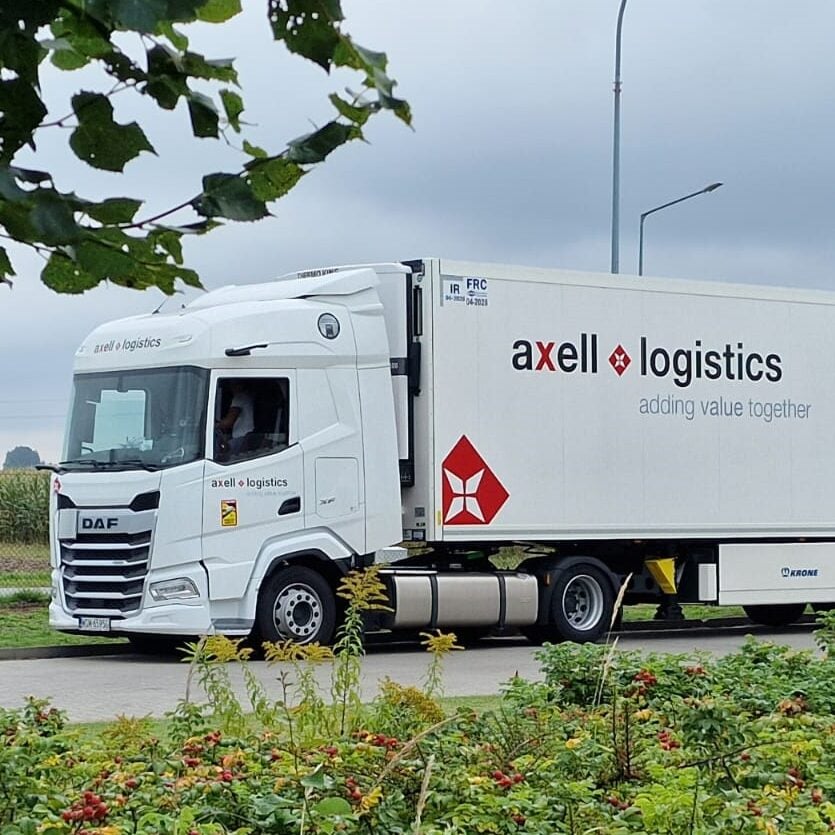If you follow our social media, you probably know that for some time now—we’ve been implementing the 5S System at Axell Group. Why do we say “implementing” and not “implemented”? You’ll find the answer in the descriptions of the individual stages that define this method of maintaining order in the workplace.
Becoming interested in and adopting the 5S System at Axell Group was a natural step for us. According to management theory, this method helps organize processes both in the office and in production (including logistics). Since our organization has as many offices as it does warehouses and docks, it made sense to introduce a framework that would work in both areas.
To clarify fully and show you what we’re doing—below we describe each of the five “S’s” along with the actions, procedures, and goals behind them.
S – Sorting (Japanese: Seiri)
Anyone who’s dealt with HR, accounting, or logistics reporting knows how important it is to keep documents in order. That’s why introducing clear, universal, and strict sorting procedures was crucial for us.
In particular, organizing materials, documents, invoices, and other important agreements was essential for both Axell Financial Services and Axell Logistics. That’s why now, all information entering our organization is properly sorted, stored, and routed to the correct departments.
S – Systematic Arrangement (Japanese: Seiton)
The next element of the 5S System at Axell Group is systematic work. This means not only improving the current state but also maintaining it carefully. The importance of this element lies in the fact that it’s very easy to lose sight of the original intent if it isn’t regularly reviewed and adjusted.
That’s why, from day one of implementing the 5S System at Axell Group, it was clear that audits would be unavoidable. Although regular quality and order checks have been part of our organization for many years, only recently have our employees had to pay attention to a wider range of aspects that are part of 5S.
S – Shining / Cleaning (Japanese: Seiso)
You can’t maintain organizational order without having a clean workspace! That’s why, since we introduced the 5S System at Axell Group, the participating locations have become role models when it comes to cleanliness.
What’s more, this emphasis on keeping things clean has been very positively received by all employees. Even though it requires a bit more daily effort from them, everyone understands and accepts that it’s done for the common good.
S – Standardization (Japanese: Seiketsu)
Chcemy, aby każde nasze biuro i magazyn był dopasowany do potrzeb naszych Klientów. Aby to zrealizować, musieliśmy wprowadzić regulacje, zasady i procesy, dzięki którym mogą one być ze sobą tożsame. Tak daleko idąca standaryzacja ułatwia nawigację nie tylko Klientom, ale również naszej kadrze zarządzającej. Różnego rodzaju delegacje i zmiany są dzisiaj wyjątkowo łatwe, ponieważ w każdej lokalizacji obowiązują dokładnie te same procesy!
S – Self-Discipline (Japanese: Shitsuke)
Without this element, implementing the 5S System at Axell Group would make no sense at all. That’s why we constantly educate and encourage our employees to maintain proper work standards. Thanks to this, we can be sure that the changes we’re making today will last for years to come. And as a result—help us meet our clients’ needs at the highest possible level.
Of course, self-discipline also affects the work of individual departments. Even now, we’re seeing that the right motivation, changes to the work environment, and steady progress in organizational habits are delivering the first results!
The 5S System at Axell Group!
Implementing a new system is always a long journey. That’s why we celebrate every success, even the smallest change that brings us closer to our goal. We firmly believe that by developing our people, we’ll develop the entire company. And that, in turn, will help us respond even better to our clients’ needs.
Today, as practitioners we can recommend this approach to anyone reading this article. Implementing the 5S System at Axell Group was one of the best decisions we’ve made. Mainly because it delivered tangible benefits right from the start of the implementation!




















